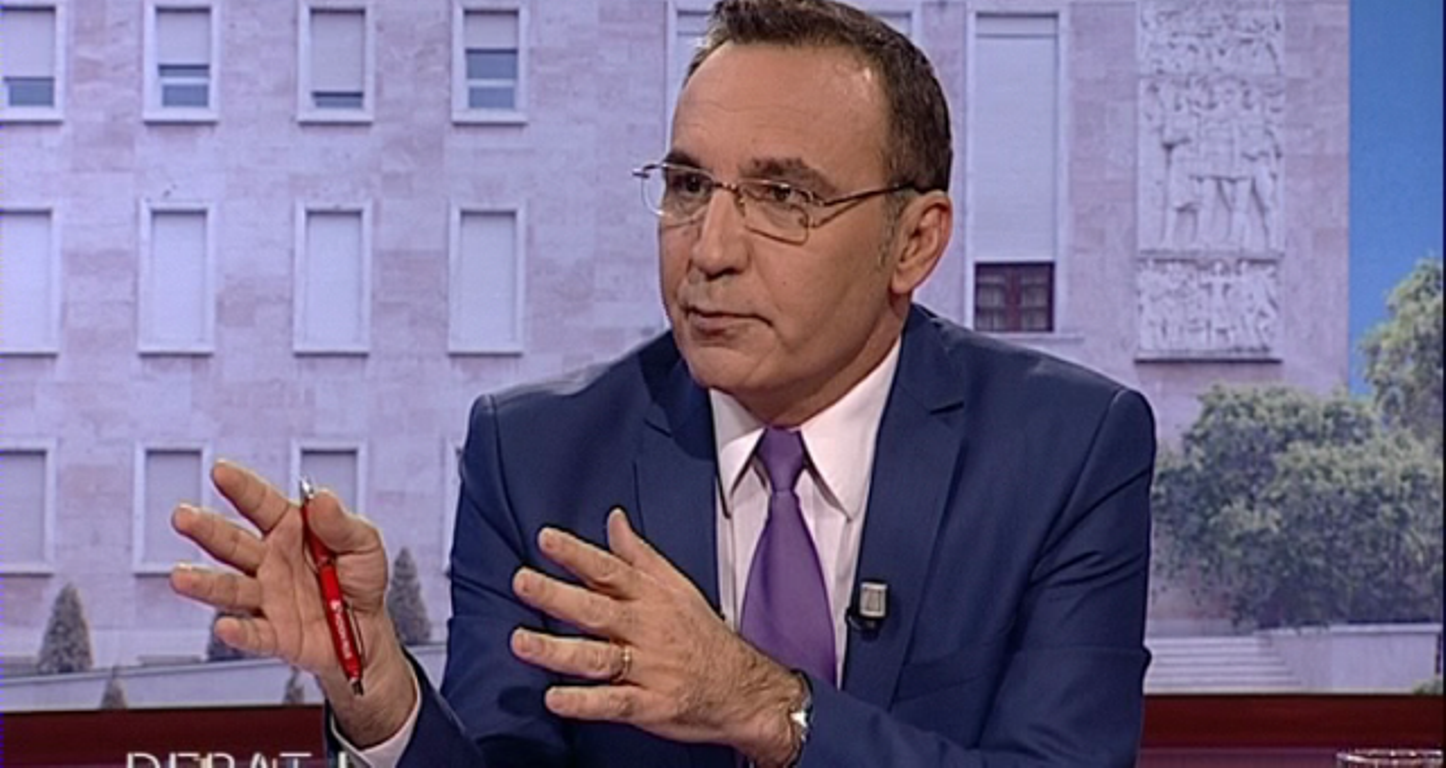
By Eduard Zaloshnja
This article has been written for Albanian Free Press newspaper and www.albanianfreepress.al
Two years ago, the leader of the Democratic Party struck a deal with the leader of the Socialist Party. Based on this agreement, the key positions in the government and other institutions would be divided between these two parties, until a new government came out of the June 2017 elections. Meanwhile, the chairman of the Socialist Party would continue to be the head of this mixed government. This agreement was reached despite the fact that the chairman of the Democratic Party had sworn many times that he would not enter the elections if the Prime Minister didn’t resign.
What happened? 150 thousand fewer voters participated in these elections compared to the previous ones. Meanwhile, the number of votes obtained by Democratic Party plummeted to an all time low. Prior to this agreement, the chairman of the Democratic Party had led the 2015 electoral campaign for the local government elections, where his party obtained 670 thousand votes. After the agreement, the candidates that he decided to run for parliament obtained 455 thousand votes.
The opinion polls that I conducted after the 2017 elections suggested that approval rates for the chairman of the Democratic Party within right wing voters were 50% lower than the approval rates for key figures of this party, such as Sali Berisha or Jozefina Topalli. Meanwhile, support for the Democratic Party remained low.
Nevertheless, things seem to have changed recently. Participation in the 16 February protest was the highest since 2009. A day before the protest took place, I conducted a small opinion poll which indicated that the Democratic Party was the only party which had seen a growth in approval rates compared to two years ago. And this growth was significant.
By abandoning parliamentary mandates and by inviting some democrat hardliners back into the party, the democrat leader may increase his approval rates (his approval rates may be similar to Berisha’s and Topalli’s approval rates). Also, right wing voters, who have felt disappointed by the Democratic Party in the past two years, could renew their support for this party (leaving the grey zone).
However, the battle that the Democratic Party will fight against the Democratic Party will not be an easy one. The democrat leader will face many challenges and difficulties now that his supporters have been galvanized.
For instance, will the Democratic Party managed to keep a united front along with other parties until the ultimate battle with the SP? Will the Democratic Party manage to resist the mounting pressure that the international community will exert in order to convince it to enter the elections without the Prime Ministers’ resignation? What will the Democratic Party do if the international community declares that it will recognize the elections like it did two years ago?
With the recent moves, the Democratic Party has achieved a temporary victory in terms of winning back right wing voters, but this victory will be like Pyrrhus victory if it is unable to secure the backing of the international community in its battle to form an interim government without Edi Rama as prime minister.
Note: The views expressed in this article are the author's own and do not necessarily reflect Albanian Free Press’ editorial policy





 ALB
ALB
 ENG
ENG
